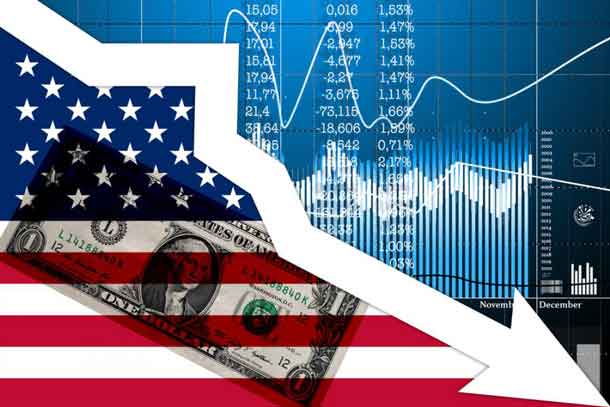Statistics Canada Report Highlights Sharp Increase in Inflation
THUNDER BAY – Business – Last month, Canada experienced a significant surge in its inflation rate, reaching an annual pace of four percent, largely attributed to soaring gasoline prices. A recent report from Statistics Canada has shed light on the economic challenges posed by this inflationary spike.
Statistics Canada’s latest report, released on Tuesday, revealed a substantial 0.7 percentage point increase in the inflation rate. This surge was primarily driven by the first annual rise in gasoline prices since January. In the month of August alone, pump prices skyrocketed by 4.6 percent, marking an 0.8 percent increase compared to their levels a year ago.
Energy prices, particularly those of gasoline, exert a considerable influence on the overall inflation rate. Their impact extends across various sectors of the economy, including production costs and the transportation of goods.
Relief Found in Grocery Aisles as Food Price Hike Slows
Amidst the inflationary pressure, an unexpected source of relief has emerged in the grocery aisle. The cost of food purchased from stores increased by 6.9 percent over the past year. While still nearly double the overall inflation rate, this figure represents a decline from recent peaks that exceeded 11 percent. Remarkably, this marks the most gradual annual increase in the average grocery bill since January 2022.
It may not feel it in the grocery aisles for many people as shrinkflation is impacting shoppers as well as inflation. Shrinkflation is where the package size decreases while the price remains the same or increases.
Bank of Canada Considers Interest Rate Hike Amidst Economic Uncertainty
The surprisingly elevated inflation figure has intensified speculation about another interest rate increase by the Bank of Canada. The probability of such a move has now reached as high as a 50/50 chance. However, economists emphasize that several variables could come into play before the Bank of Canada’s next rate determination on October 25, including the release of another inflation figure for September.
As Canada navigates these economic challenges, policymakers and financial experts will closely monitor the evolving inflationary trends and their potential implications for the nation’s monetary policy.
For more updates on Canada’s economic landscape, stay tuned to NetNewsLedger.








